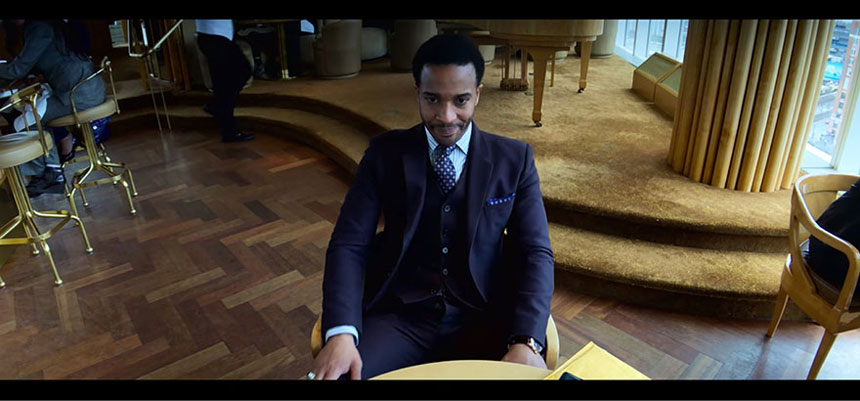Video
Understanding Steven Soderbergh. Part 3.
On two previews posts (Part 1 and Part 2) I wrote about the career of Steven Soderbergh. I also discussed his preference for working with small crews and even smaller gear, including shooting TWO movies with an iPhone.
On this third (and last) article I’ll share the gear, schedule and workflow he used the the Cinemax series The Knick. Why should I and other filmmakers care? Simple because I believe Soderbergh’s production approach will be the way how many TV shows and features will be produced from now on.
The 1 Person Crew.
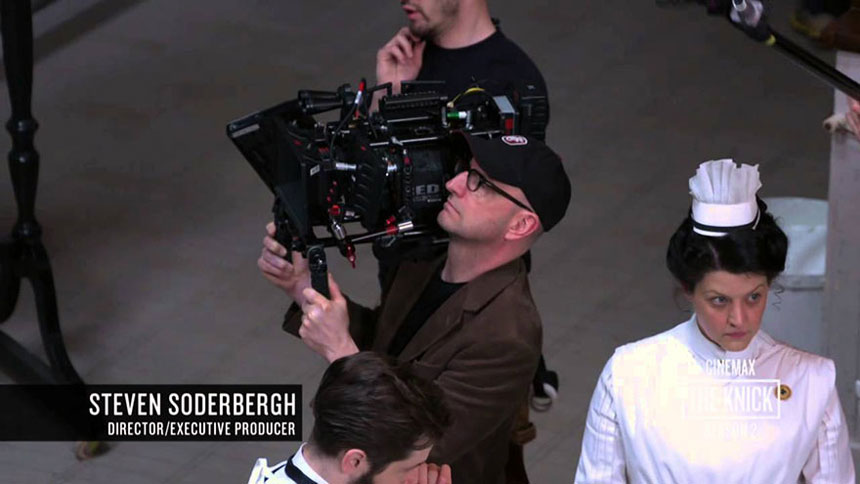
Steven Soderbergh not only directed all 20 hour-long episodes of The Knick‘s first and second seasons, doing 70 setups the first day.
Doing a quick math, Soderbergh produced, directed, shoot and edited each complete hour-long TV episode in 7 days. Just as a reference, the industry’s standard is 10 to 14 days per episode and 150 days for a 2-hour big-budget feature film.
“The Knick is easily one of the most lushly crafted shows on television: beautiful cinematography, smart editing, and just the right balance of suspense and action.”
Wired Magazine
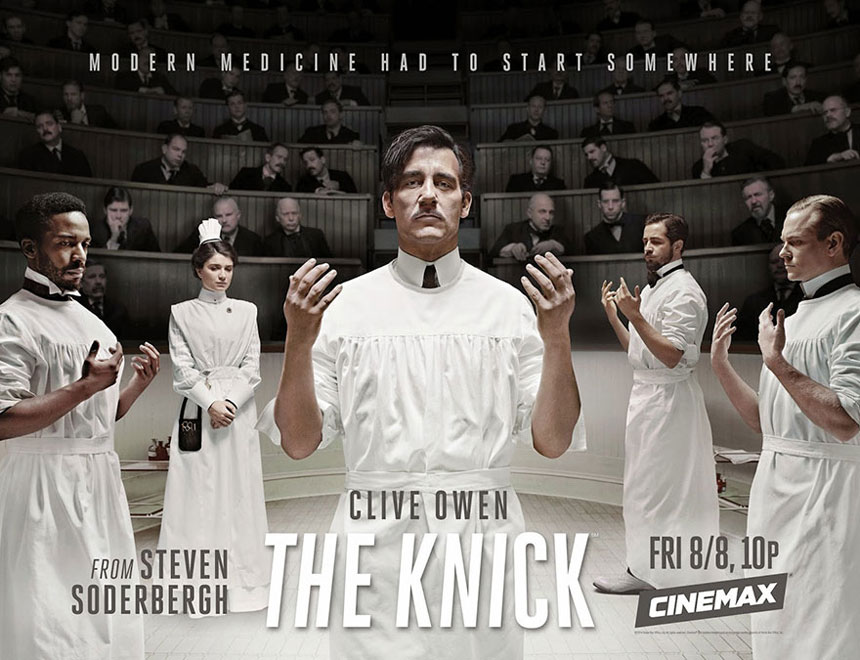
The Knick’s (incredible) production schedule.
Shooting started at 9 AM. While the crew had one hour off for lunch, SSDs with the morning’s footage were being downloaded and backed up. After lunch they kept shooting until 6 PM.
On his way home, Soderbergh edited the day’s footage, on a laptop, and was done by 8 PM. He then posted the footage (edited scenes, not dailies) on a password-protected website for the crew to watch and review. Then he went out for dinner with his wife.
Just like that.
Again, this isn’t new for Soderbergh. He’s been mastering his workflows to perfection. For HBO’s political satire K Street each 1-hour episode was plotted, scripted, shot, cut, and broadcast in five days.
How is this even possible?
I have a few thoughts:
- An essential aspect of Soderbergh’s approach is that he thinks like an editor while he’s shooting, never wasting time on anything he won’t use.
- Soderbergh has streamlined his production schedule to perfection. Two examples: the focus puller is in another room working wirelessly, freeing Soderbergh to concentrate on movement and framing.
- The sets are lit with practical lights (desk lamps, chandeliers, etc) so the actors can move anywhere they want and still be properly lit.
- Most set-ups shot in one day: 60. Least number of set-ups shot in one day: 10.
- Such crazy run-and-gun pace doesn’t allow time for elaborated compositions, but Soderbergh makes up for it with a fluid camera that often takes an unexpected perspective.
- Amount of locations where the entire principal cast worked together: one.
- Soderbergh always works with the same crew, developing short hands and perfecting their workflows on every project. For example, Gregory Jacobs, The Knick‘s executive producer, has collaborated on more than 20 projects with Soderbergh over the past 20 years.
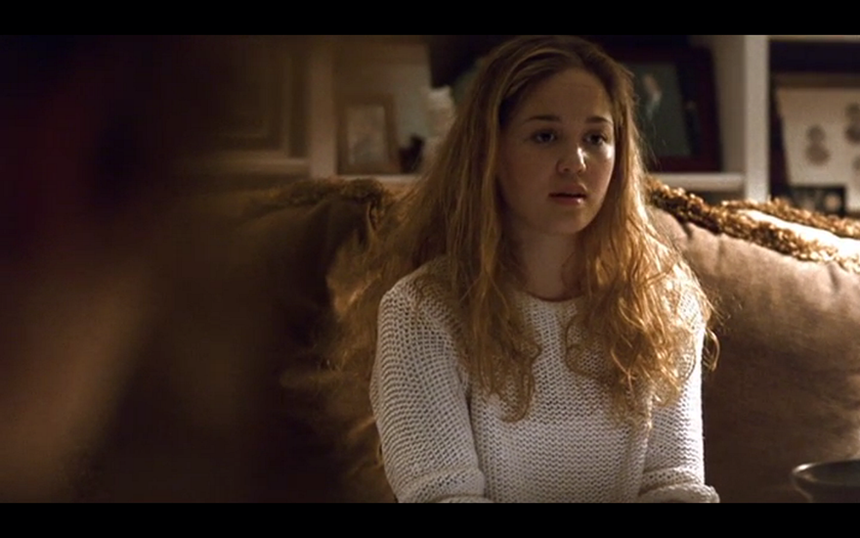
Soderbergh’s Gear
The Knick was shot 6K HD (5:1 compression) on Zeiss Super Speed (35mm, 50mm, 85mm, all f/1.5), and an old RED 50-150mm f/2.8.
The total number of set ups was 2081 (roughly 28.5 per day). Out of those 2081, 577 were shot on an 18mm lens.
The show was shot almost entirely at ISO 1280 for texture, and almost always wide open at T1.3 for cinematic depth, often using NDs on interiors.
No DIT and no monitors on set with the exception on the 7″ RED on-board for operator/AC, and only two 17″ Sony OLED’s (one for each AC to pull focus via wireless video via these Teradek transmitters.
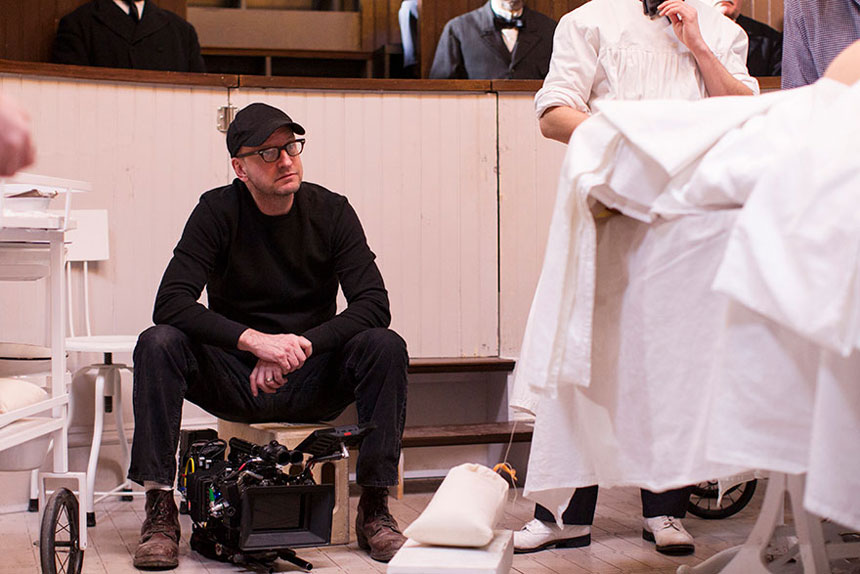
The Knick’s Post-Production schedule.
In terms of post-production, The Knick’s first season, Soderbergh spent “465 hours, 30 minutes, and 50 seconds” editing ten hour-long episodes, so that’s roughly 47 hours per episode.
- No editing on Monday nights because that day’s footage usually wasn’t fully downloaded.
- Tuesday night cut Monday’s material and first half of Tuesday if it was ready.
- Wednesday night cut Tuesday’s footage and first half of Wednesday.
- Thursday night cut Wednesday and first half of Thursday.
- No editing on Friday nights.
- Saturday and Sunday finish editing whatever was left from the end of the week.
“Edited footage gives a much clearer indication of directorial intent and also prepping, posting, and watching all the dailies is a pain-in-the-ass time-waster. Optimization of process is not just my goal, it’s something of an obsession.”
Steven Soderbergh
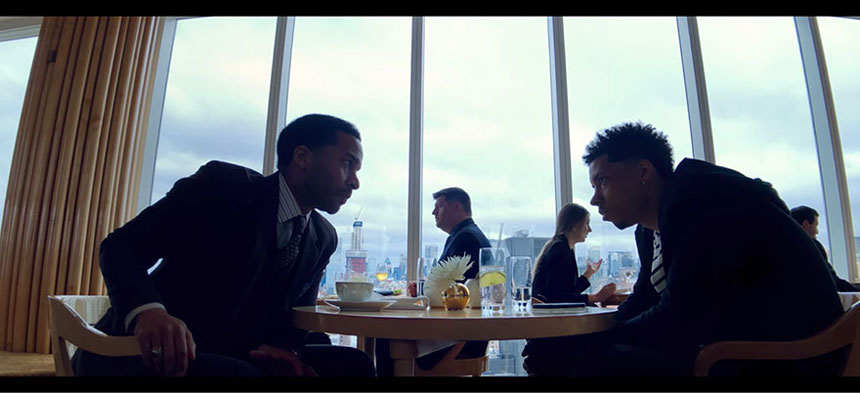
Final Thoughts
There are less and less directors doing a complete series, and even less fulfilling multiple roles on a single production. I personally believe most projects would benefit by having a unifying visual language throughout.
I believe Soderbergh’s production approach will be the way how many TV shows, shorts and even features will be produced from now on. Stay tuned.
